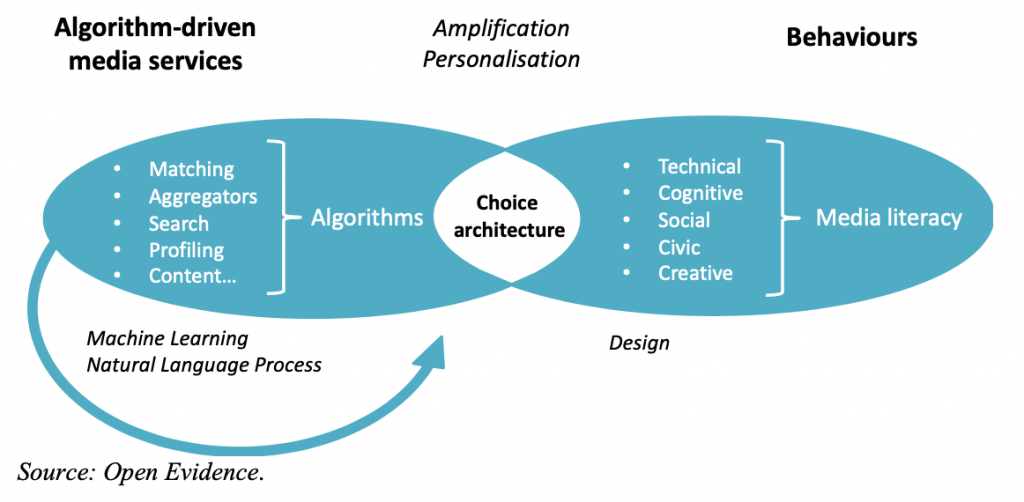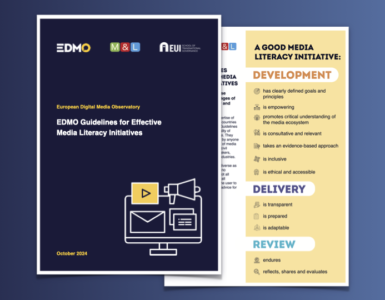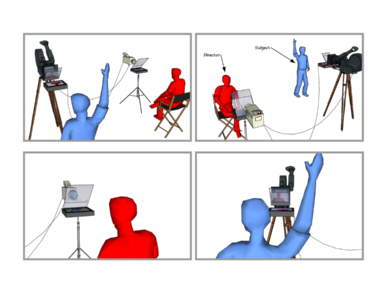The current media landscape is characterised by the rise of online platforms which curate and present media content to users, either wholly or partially as a result of algorithmic decision-making. These platforms (such as Facebook, Twitter, Google, YouTube…) and their algorithms for media provision have brought numerous benefits for consumers, media companies and advertisers. But, at the same time, several concerns and harms have emerged as a result (manipulation, misinformation, disinformation, data protection…), positioning again the role of media literacy at the cornerstone.
The Study on media literacy and online empowerment issues raised by algorithm-driven media services, prepared by RAND Europe and Open Evidence for the European Commission (Directorate-General of Communications Networks, Content & Technology), shows that “media literacy initiatives have mostly focused on helping users to build the skills that enhance and enforce critical engagement with messages produced by the media and other senders of information, based on the assumption that users know and recognise when to use these skills” (p.70). However, the evidence from the literature review about the awareness of media consumers and the public at large of the existence and functioning of algorithms and their effects on user online experience was inconclusive.

Online platforms configurate and personalise the user’s informational choices, which are typically assessed through algorithmic analysis of data streams from multiple sources. Algorithm-driven media services are key for the functioning of many of these online platforms. These functions bring personalisation and amplification of content to a new dimension that requires innovative solutions to counteract the negative consequences. The Study analyses several solutions related to the regulatory aspects, the technology and users’ empowerment and proposes ‘media literacy by design’ as a way to bring together these different approaches for countering the impact of algorithm driven media services. This concept captures the need to embed media literacy into the choice architecture, triggering a more information and media literate use. Platforms’ design architectures (interfaces) play an important role in influencing individuals’ behaviours and can drive people to make decisions against their best interests or generally result in suboptimal outcomes. But these ‘choice architectures’ could also ‘nudge’ individuals towards an evidence-based positive outcome, while being unobtrusive and not coercive. Nudging could help individuals make better choices and do so while still leaving individuals the freedom of choice.

Much individual decision-making occurs spontaneously and unreflectively, rather than through active and conscious deliberation. This process causes cognitive heuristics and biases affecting decision-making to a large extent, specifically for decisions triggered by automatic cognition. Thus, ‘media literacy by design’ could counter this triggering a more analytical type of thinking by online users and promote an approach of Before sharing this article, think twice.

Authors
Francisco Lupiáñez-Villanueva, Open Evidence, Professor Information and Communication Science, Open University of Catalonia
Frans Folkvord, Open Evidence, Tilburg School of Humanities and Digital Sciences, Department Communication and Cognition














